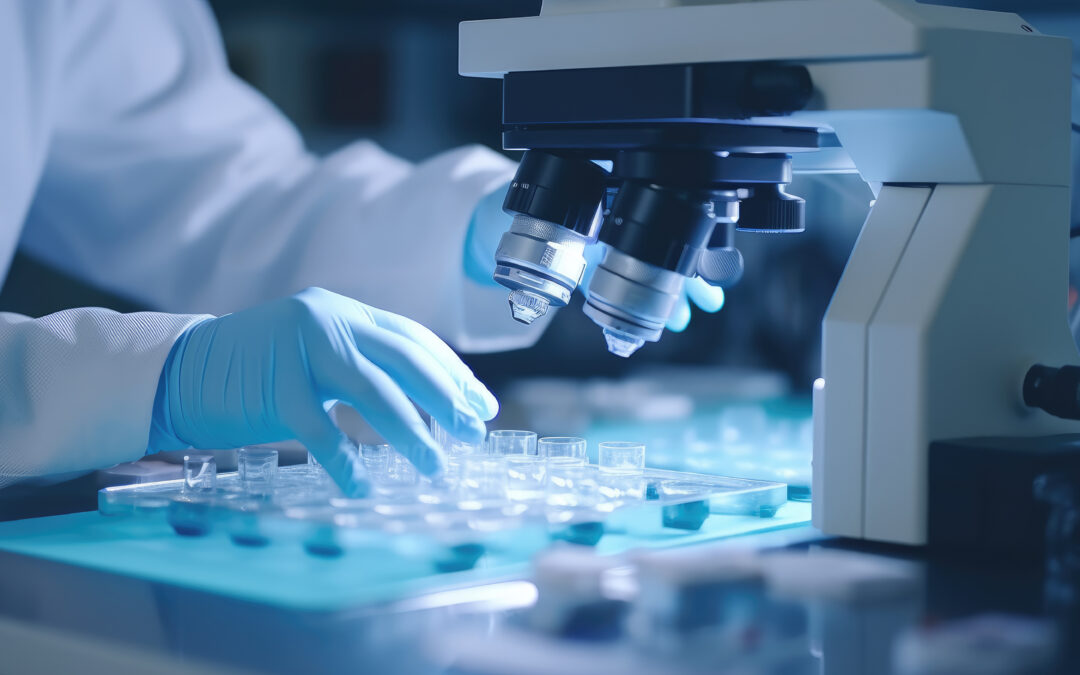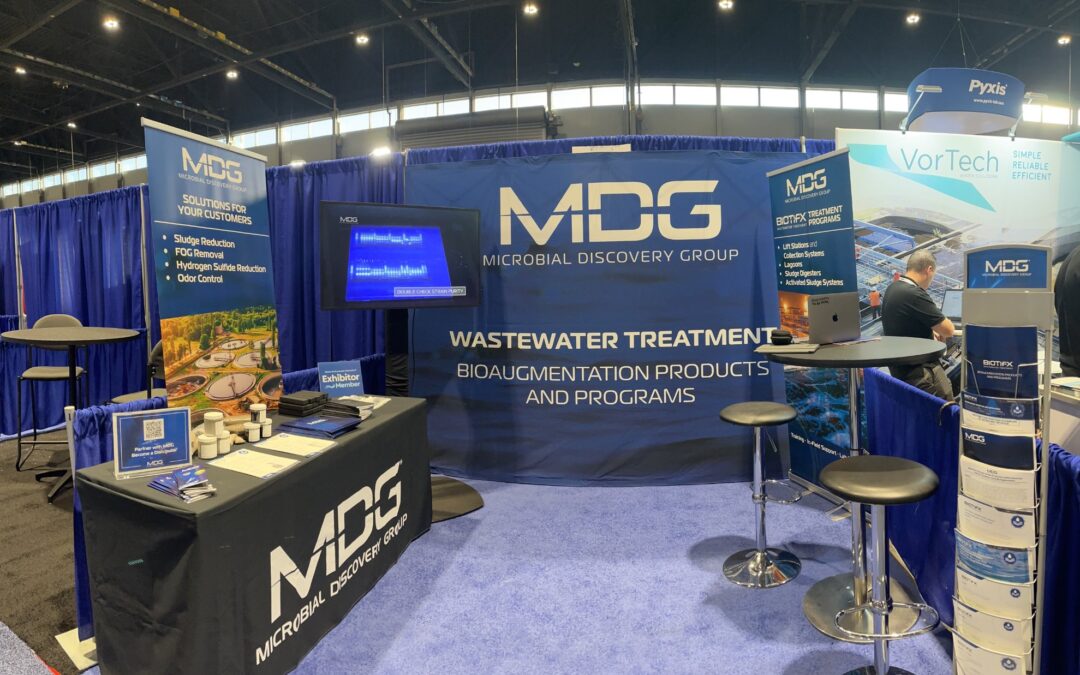Bacillus Strain Identification: Common Problems, Questions, and Answers
In last month’s newsletter, Bacillus, Distinguishing Species and Strains Part I, we tackled the species section of the popular question “How many species and strains of Bacillus do you have in a particular product?” Now, let’s move on to strains.
Can Individual Strains of Bacillus Be Distinguished?
The methods described in Part I/Distinguishing Species are used to determine bacterial species, but cannot resolve individual strains of a particular species. Why is this problematic? Many of the important physiological characteristics of bacteria such as substrate range, bioactive production, and pathogenicity vary below the species level (at the strain level). MDG’s practices ensure that the best strains are selected for each and every product and that they perform the functions needed for the intended application.
For those not familiar with identification and typing methods, a common problem is the confusion around the difference between species or strains. For example, we have occasionally encountered customers who reported that a competitor examination of one of our products indicated that we had only 3 strains in our 6 strain product. In this situation, we always ask which method of identification was used for testing. A typical response stated that DNA and PCR were used, prompting us to follow up again with, “which DNA and PCR method?” Typically the answer is 16S rRNA gene sequencing, uncovering the key problem, they are confusing the terms “species” and “strains”. Our 6 strain product is made up of 3 species (as determined by 16S sequencing), but this method cannot differentiate strains. Strain typing methods must be used to distinguish strains of the same species. In this case the product contained 3 species, with 2 strains of each.
The goal of strain typing methods is to distinguish between members of the same or closely related bacterial species. Some common methods for strain typing include PFGE (pulsed field gel electrophoresis), RAPD (random amplified polymorphic DNA), MLST (multi-locus sequence typing) and CRISPR typing. As with species identification methods, each strain typing method has advantages and limitations in regards to resolving power, cost, and turnaround time. Once more, the secret to successful strain typing comes down to method consistency and a robust database.
Looking forward, whole genome sequencing for bacterial species and strain identification is an option that may eventually displace other strain typing methods, as costs of sequencing continue to drop and analytical capabilities of testing laboratories rise. However to date, the costs of sequencing, the necessity for trained personnel for analysis and the existence of a more complete bank of fully sequenced genomes make this method prohibitive for many laboratories.
Culturing Techniques…Still Essential
Though the development of new typing and sequencing methods have improved our capabilities to resolve species and strains culture techniques still play an important role. Many people don’t realize that in order to run many of the DNA and PCR tests described above, it is first necessary to culture the bacteria, particularly when dealing with analysis of a multi-strain bacterial product. These culturing methods are crucial to success. Relying on laboratory staff to visually discern the differences between strains on a plate in order to pick appropriate representative isolates for DNA testing can prove challenging for laboratories with staff unaccustomed to examining Bacillus cultures.
For instance, we have some strains that are very different based on molecular strain typing, but display the highly similar visual morphology when cultured. For laboratory technicians unfamiliar with our product strains, it is easy to miss the presence of multiple strains if they exhibit similar or identical culture morphology, and therefore select an insufficient number of isolates for species identification or strain typing, ultimately providing misleading results.
Conversely, some Bacillus strains exhibit multiple culture morphology variations. In one particular instance, a customer inquired regarding a product containing a single strain that appeared to have 5 different variants when cultured on agar plates, making it appear as though the product was contaminated. When the customer performed strain typing, they were able to confirm the identical strain fingerprint from all variants, generating customer confidence in the MDG label integrity.
Safety First
Ultimately, what is critical for MDG and our customers is safety. Typically, regulatory agencies look to compare the safety of the species name on the label to regulatory-approved lists such as AAFCO-approved (sometimes referred to as GRAS) or EFSA QPS lists. We tend to take things a step further. At MDG, we carefully analyze each strain to detect the presence of potential toxin genes and we sequence the genomes of many of our strains to make sure they don’t have any problem genes. We also culture each and every lot of product to insure purity from known pathogens. We do this for the safety of not only our customers, but the safety of our employees who have to handle these strains at a level 1000X higher than that found in our customers products.
Summary
As part of our cultural values, we believe in being a company with which it is easy to do business. When we ask, “Which tests are you running?” it is not to be difficult. We do this so we can open the dialogue around the advantages or pitfalls of some of the commonly used tests, to ensure you are receiving the highest value and accuracy for your dollars. At MDG, we take pride and care in the accuracy and consistency of our testing methods to ensure that you are receiving the counts and strains that we guarantee, every time.
References:
Brenner, D. J., Martin, M. A. & Hoyer, B. H. (1967). Deoxyribonucleic acid homologies among some bacteria. J Bacteriol 94, 486–487.
Chen, M.L., and H.Y. Tsen (2002). Discrimination of Bacillus cereus and Bacillus thuringiensis with 16S rRNA and gyrB gene based PCR primers and sequencing of their annealing sites. J. Appl. Microbiol. 92 (5), 912-919.
Wang, L.T., Lee F.L., Tai C.J., & H. Kasai (2007). Comparison of gyrB gene sequences, 16S rRNA gene sequences and DNA–DNA hybridization in the Bacillus subtilis group Int J Syst Evol Microbiol. 57(Pt 8):1846-50.









